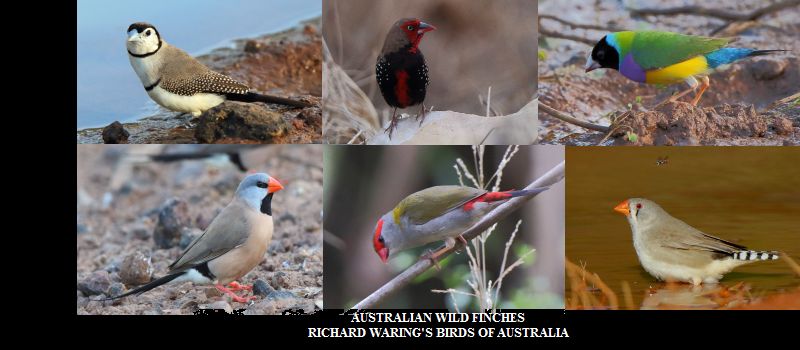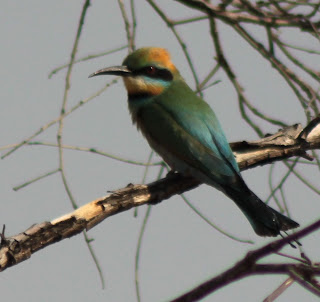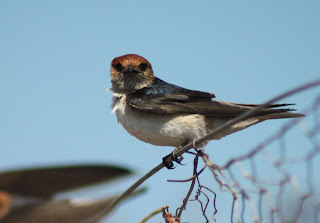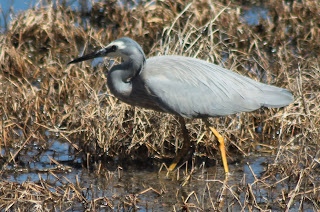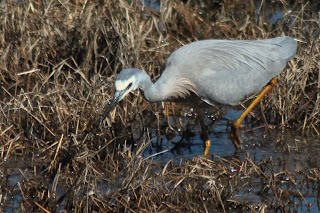A quick trip to the Poo Ponds today and I should have known it would be dominated by birds of prey as when I was driving in the road to the gate, a whistling kite was feeding on a previously killed pigeon.
To my7 delight, the Peregrine Falcon, which has been seen recently by a few people at the Ponds, was sitting on the telegraph pole on the road. It sat there for a while eyeing me off suspiciously. I was already inside the gate so I was hoping it wouldn't be too worried about me. I was wrong as it flew off and even though there was a strong wind, its speed was still breathtaking:
By far the most common raptor was the Whistling Kite. Even though I had seen a Black Kite at the gate near the Peregrine, it was the Whistling Kites that were in most numbers, offering some wonderful photo opportunities:
To my7 delight, the Peregrine Falcon, which has been seen recently by a few people at the Ponds, was sitting on the telegraph pole on the road. It sat there for a while eyeing me off suspiciously. I was already inside the gate so I was hoping it wouldn't be too worried about me. I was wrong as it flew off and even though there was a strong wind, its speed was still breathtaking:
By far the most common raptor was the Whistling Kite. Even though I had seen a Black Kite at the gate near the Peregrine, it was the Whistling Kites that were in most numbers, offering some wonderful photo opportunities:
